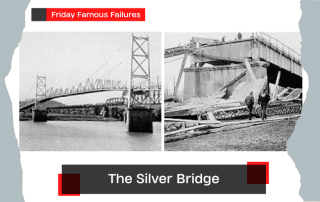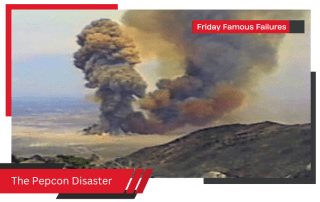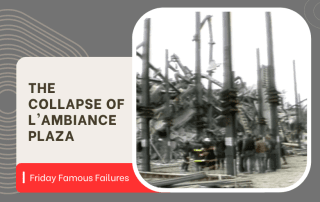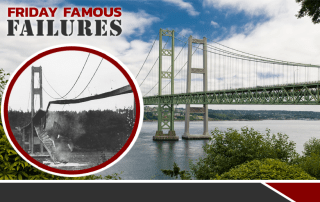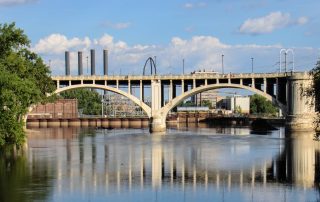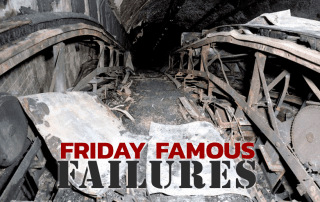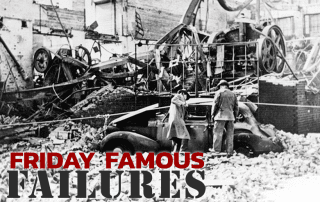The Silver Bridge: America’s Deadliest Bridge Failure
The Silver Bridge’s origin traces back to the early 1900s to Charles Holzer, a doctor who grew tired of the time it took to reach patients on the other side of the river. Some died awaiting his arrival. Holzer eventually organized community groups to plan a bridge. Those groups eventually merged into the West Virginia Ohio River Bridge Company, with Holzer at the helm.






